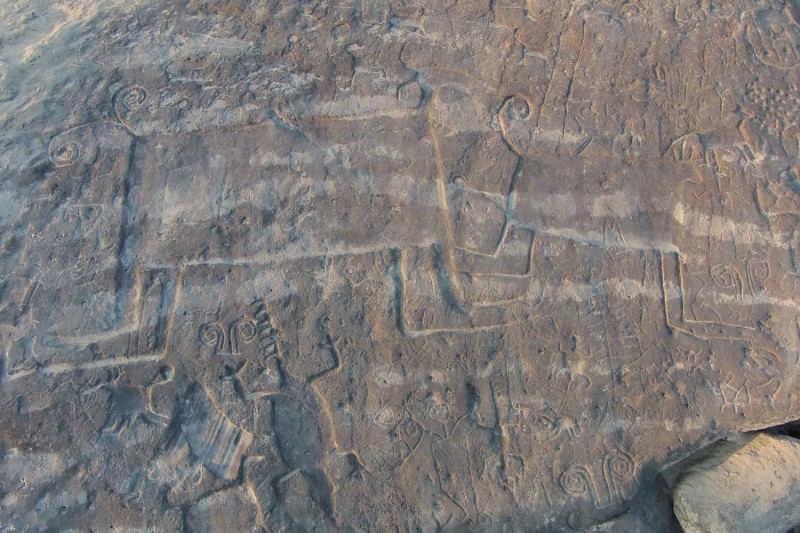Background
In 1912, the discovery of human skull fragments, an ape-like jaw and crudely worked flints close to the quiet Sussex village of Piltdown was hailed by the world’s press as the most sensational archaeological find ever, the ‘missing link’ in the ‘chain’ of human evolution.
The news spread quickly; anthropologists, geologists, and archaeologists all voicing their eagerness to examine the find. Few archaeological discoveries have the capacity to be front-page news twice over, but ‘Piltdown Man’ is a rare exception.
Forty-one years after he first became famous, the “Earliest Englishman” was again hot news, for, in late November, 1953, the world discovered that Piltdown Man was a fraud, the London Star declaring it to be “the biggest scientific hoax of the century”. There never had been a ‘missing link’ preserved in the gravels of Piltdown; the whole thing had been part of an elaborate archaeological forgery.
The “Earliest Englishman” was nothing more than a cheap fraud.
Investigating the forger
For over 50 years, people have speculated on the identity and motive of the Piltdown hoaxer. Many names have been put forward, often on little more than guesswork or supposition. As time moves on, so the list of suspects increases. Conspiracy and counter-conspiracy theories abound, as any examination of the current literature will confirm.
Half a century on, and it seems that anyone alive in the British Isles or Northern France in the early years of the 20th century could have generated the fraud, even, as one author recently noted, “the Piltdown milkman”.
One name that continues to surface in any discussion of the hoax however, is that of its finder, Charles Dawson. Dawson was a solicitor by profession but in his spare time, he was a keen local antiquarian, his discoveries earning him the title “the Wizard of Sussex”.
Those who defend Dawson against the charge of hoax often cite his impressive archaeological credentials noting also that, as being a well-respected solicitor, he did much to benefit his local community. Hard to believe that such a man could be the same one sometimes accused of perpetrating the most infamous scientific fraud in history.
Most of the discussions, theories and ‘solutions’ to the Piltdown hoax rely on the premise that the discovery was a one-off – a single, if elaborate hoax, designed to fool the scientific community, embarrass certain key figures of the establishment or to verify (or discredit) fledgling models of human evolution. Under such circumstances, one of any number of people may plausibly be held responsible.
Of course this all presupposes that the Piltdown hoax had no immediate ancestry, that it burst, fully-formed, on to the scientific stage and that its author had not previously been engaged in any form of deceit or academic deception. What if this were not the case?
The key to resolving the Piltdown forgery, and the focus of study since 1999, is the finder: Charles Dawson FGS FSA. Indeed a detailed analysis of Dawson’s antiquarian collection, has shown that all is not as it seems for, of his recorded discoveries, at least 38 are obvious fakes. Among these are the teeth of Plagiaulax dawsoni, a ‘missing link’ between reptiles and mammals (which filed down in the same way that the teeth of Piltdown man would be some twenty years later).
Of his antiquarian publications, most demonstrate evidence of plagiarism or at least naive referencing. At Piltdown itself, of the faked cranium, mandible and teeth, canine, nasal bones, animal bone assemblage, flint tools, elephant bone tool, the only clear suspect is none other than Charles Dawson himself.
Dawson’s whole antiquarian career appears to have been one built upon deceit, sleight of hand, fraud and academic deception, the ultimate gain being international recognition (and not financial reward). Piltdown Man generated academic interest like no other discovery. Using the skills honed over many decades, Charles Dawson gave British palaeontology what it had craved for so long: a missing link from the home counties of England.
Research into both Piltdown Man and the antiquarian collection of the Piltdown finder, Charles Dawson, continues and new ‘discoveries’ are being made within the museum collections of Sussex, Surrey, Kent and Greater London. The conclusions, however, are clear enough: Piltdown Man was not a ‘one-off’ hoax, more the culmination of a life’s work.
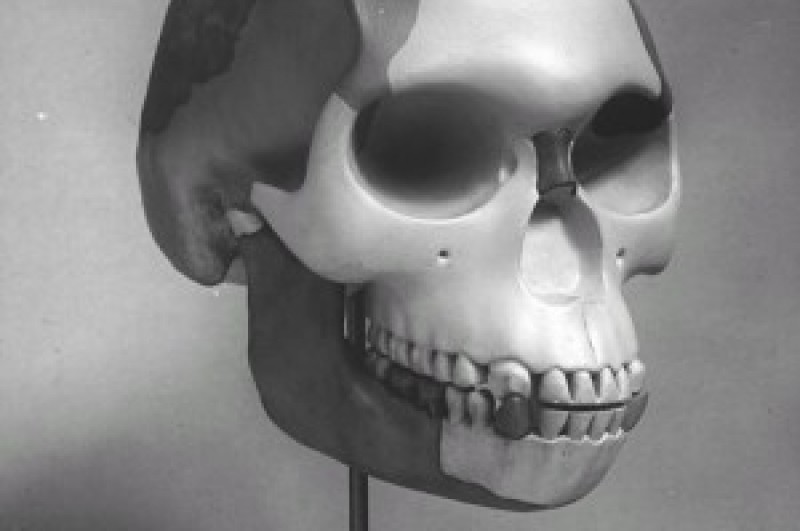 The ‘reconstructed’ skull of Piltdown Man.
The ‘reconstructed’ skull of Piltdown Man.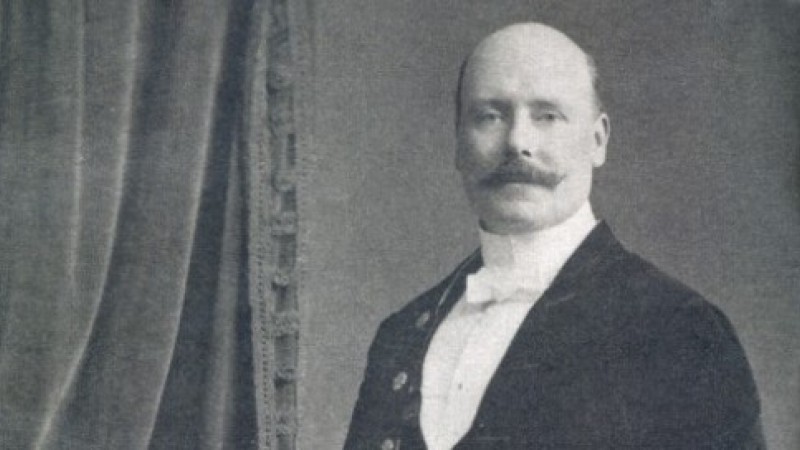
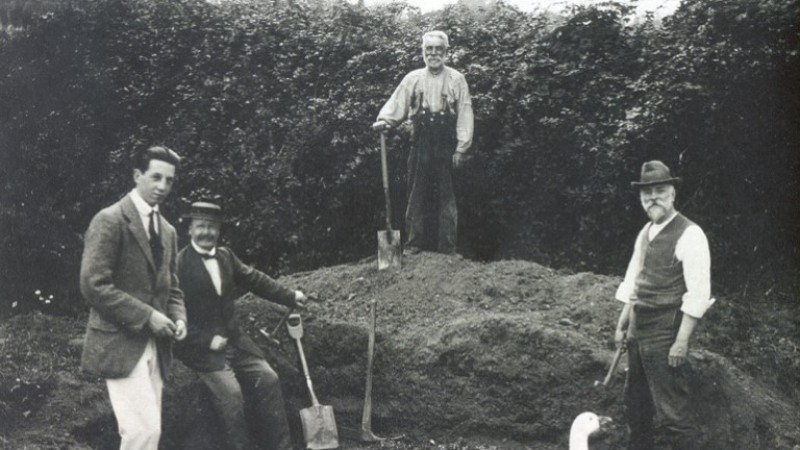
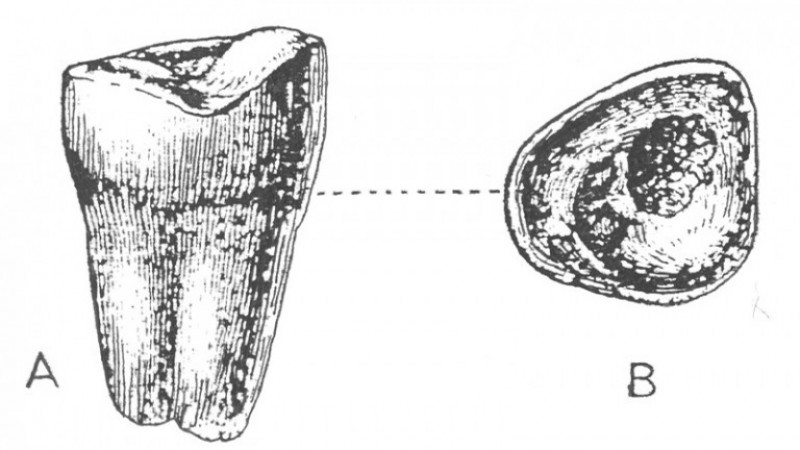
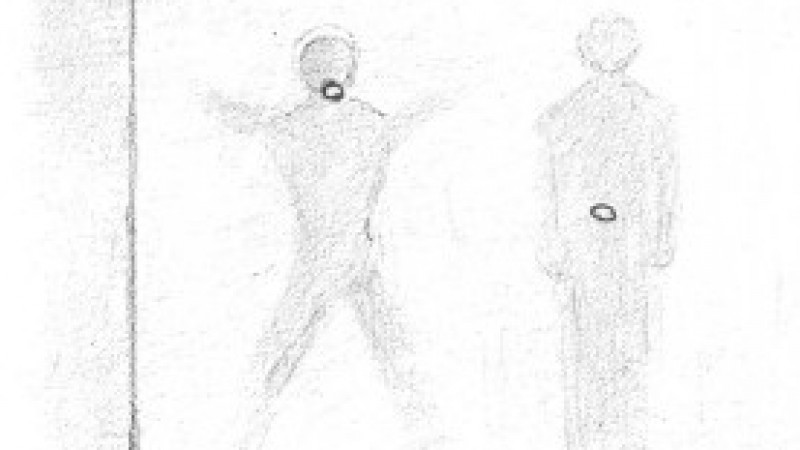
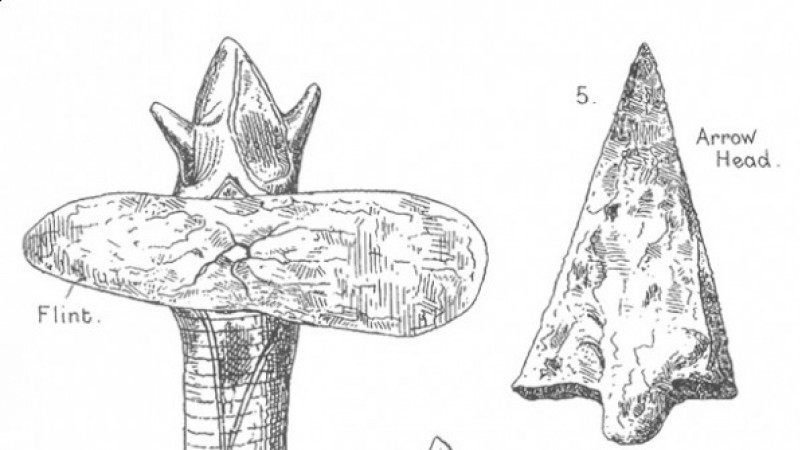
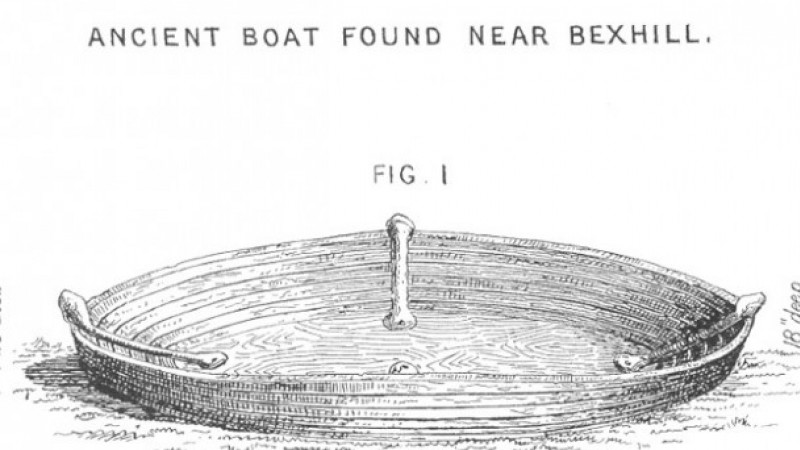
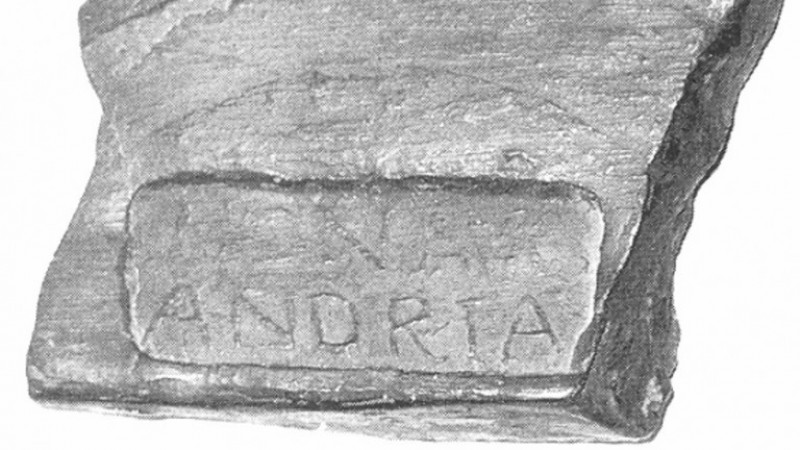
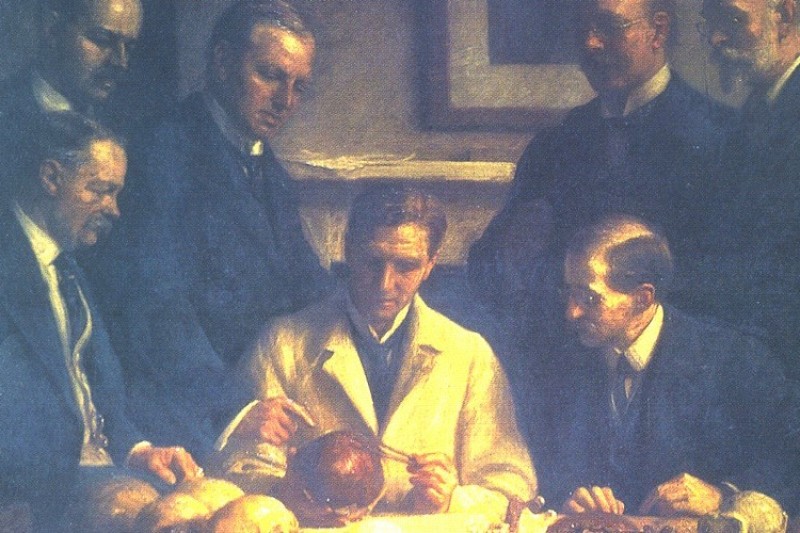 The 1915 painting by John Cooke entitled ‘A Discussion on the Piltdown Skull’ showing all the key investigators. Charles Dawson is standing immediately in front of the picture of Charles Darwin.
The 1915 painting by John Cooke entitled ‘A Discussion on the Piltdown Skull’ showing all the key investigators. Charles Dawson is standing immediately in front of the picture of Charles Darwin.
